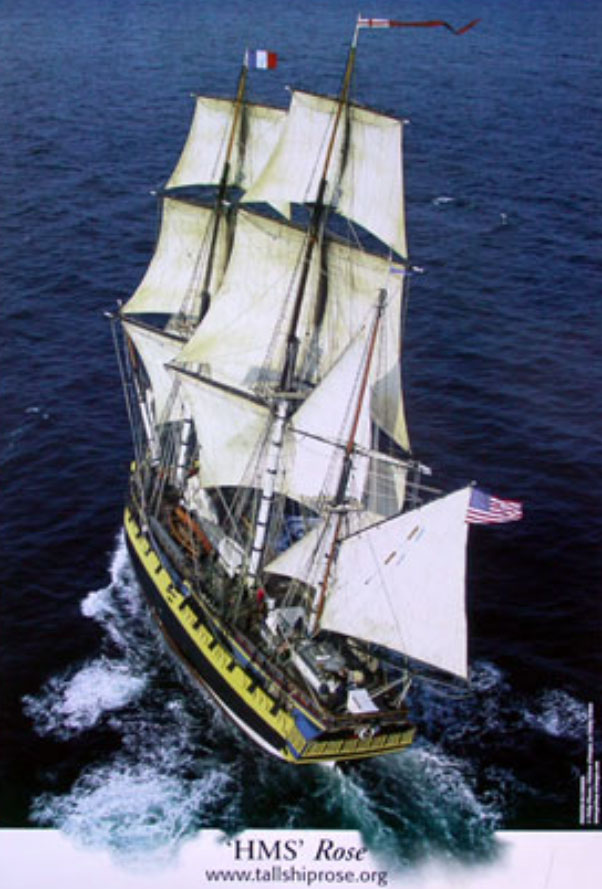Discovery Island
After our stay in Madeira, the Rose, enroute to the Canaries, traveled to an obscure Portuguese island preserve. If I am not mistaken, the island was formerly used as a naval target by the Portuguese Navy. The human population of this desolation island was between zero and two ornithologists, depending on which part of the year you happen to visit. The Rose anchored about a half mile off shore, due to the shallows. The rubber boat shuttled groups of us into a rocky cove where the landing was.
It was as though we were explorers in a bygone era. With the Rose laying off in the distance and no other sign of civilization in sight, it felt like we had transported ourselves to another time.
We hiked up the craggy cliffs of this ‘discovery’ to observe the flora and fauna. Following each other up a narrow trail, we took note of the odd sea birds that made their habitat there. Nestled comfortably deep inside the recesses of rocks, we saw some of the natives, fuzzy haired black and grey birds who may have been keeping their eggs warm. They seemed to take note of us passing strangers, but seemed far more interested in staying protected from the wind and cameras.
Reaching the top of the path, we crossed a grand plateau. The general landscape was void of tall trees, but it had an abundance of low brush and other wind swept vegetation. Rocks, boulders, and metal shrapnel were strewn across the flat of the plateau, having been pounded by Portuguese naval guns in World War II.
Searching outwards around the island, one could marvel at the sights of sailing vessels that have passed through the centuries by this secluded spot in the Atlantic.
After about an hour’s time, we carefully descended the sometimes steep traverses back to the landing, while an occasional stone tumbled down to remind our wing‑footed mates we were still behind them. Then, braving the rocky and wave swept landing, we boarded the boat.
The cove conditions were such that, Chris, the 3rd Mate, who was in charge of the rubber boat, had to wait for the exact moment to take off from the cove. He needed to synchronize his acceleration away from the landing on an outgoing wave to ensure a smooth exit. Go too soon and we would be blasted with surf; go too late and we would bottom out on rocks and then be blasted with surf; go the wrong way, we’d meet head on with the rocks that broke the incoming waves, bottom out on rocks, and then be blasted with surf.
All at once, rapidly accelerating, he handily maneuvered the rubber boat, avoiding the jagged rocks, safely out into the open water.
copyright © 2002 Challen K. Yee

